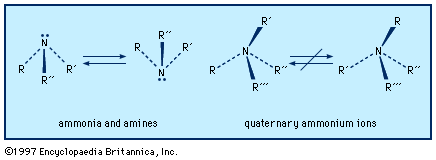Liquid Anhydrous Ammonia (LAA) is a colorless gas with a pungent odor. It is a widely used fertilizer because of its benefits, but it also poses several environmental and health risks. Let's take a closer look at what LAA is, its benefits, and the potential risks associated with its use.

What is Anhydrous Ammonia?
Anhydrous Ammonia is a chemical compound consisting of nitrogen and hydrogen. It is a colorless gas with a pungent odor and a chemical formula of NH3. It is an efficient nitrogen fertilizer that can increase crop yields by providing the nitrogen needed for plant growth.
Benefits of Liquid Anhydrous Ammonia
LAA is the most concentrated source of nitrogen for agricultural purposes. It provides approximately 82% nitrogen, which is more than any other fertilizer. Additionally, LAA is a cost-effective fertilizer that can be produced easily and quickly. It is also easy to store and transport because it is a liquid under pressure.
LAA is also an efficient source of fertilizer because it can be injected directly into the soil, providing plants with the nitrogen they need for growth. Unlike other fertilizers, LAA does not need to be dissolved in water, which can result in nitrogen loss through runoff.
Risks Associated with Liquid Anhydrous Ammonia
While LAA has numerous benefits, it also poses several risks to the environment and human health. LAA must be handled properly because it is a highly corrosive, flammable, and reactive chemical. Accidental exposure to LAA can lead to severe chemical burns, respiratory failure, and even death.
LAA can also be an environmental risk when not handled correctly. If released into the environment, it can cause soil and water contamination, leading to ecosystem damage. LAA can also contribute to air pollution by emitting nitrous oxide, a potent greenhouse gas that can contribute to climate change.
Conclusion
Liquid Anhydrous Ammonia is a powerful fertilizer that offers numerous benefits to farmers. However, it also poses several risks to human health and the environment. In order to fully realize the benefits of LAA, it must be handled and stored properly with specialized equipment. Farmers must be mindful of the risks associated with LAA and take appropriate measures to ensure safe use. Overall, LAA is an efficient and cost-effective source of fertilizer when used responsibly.